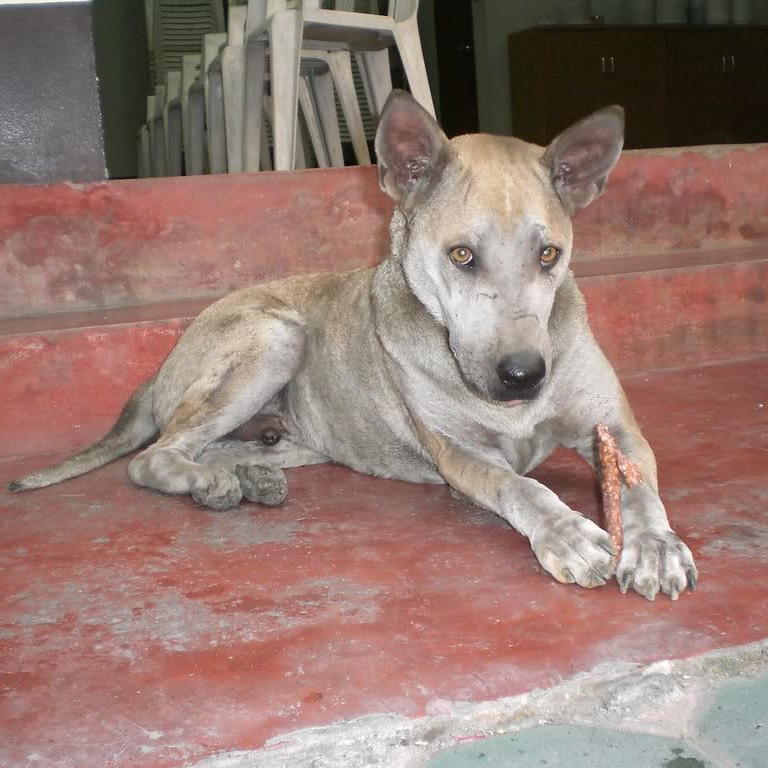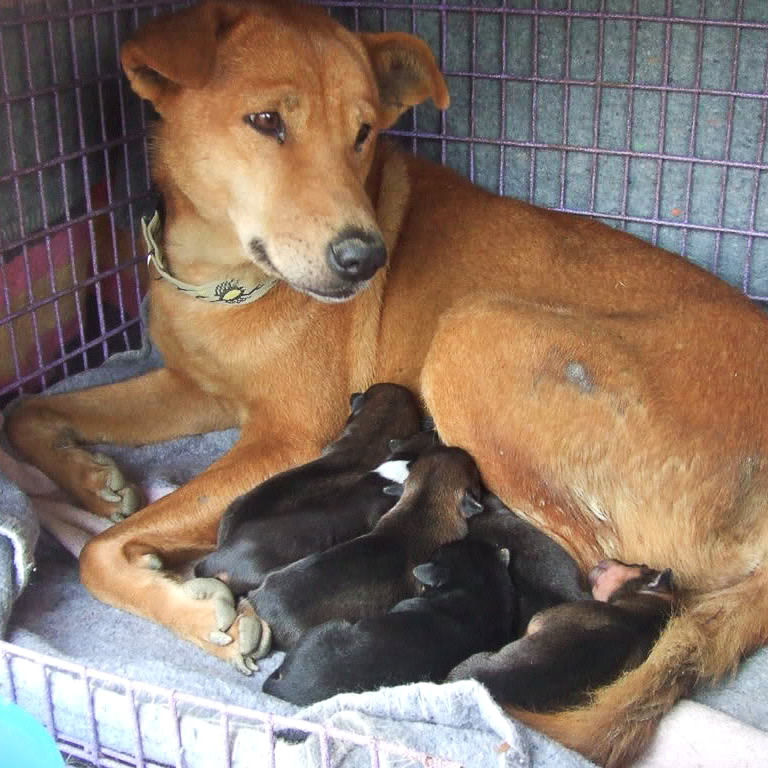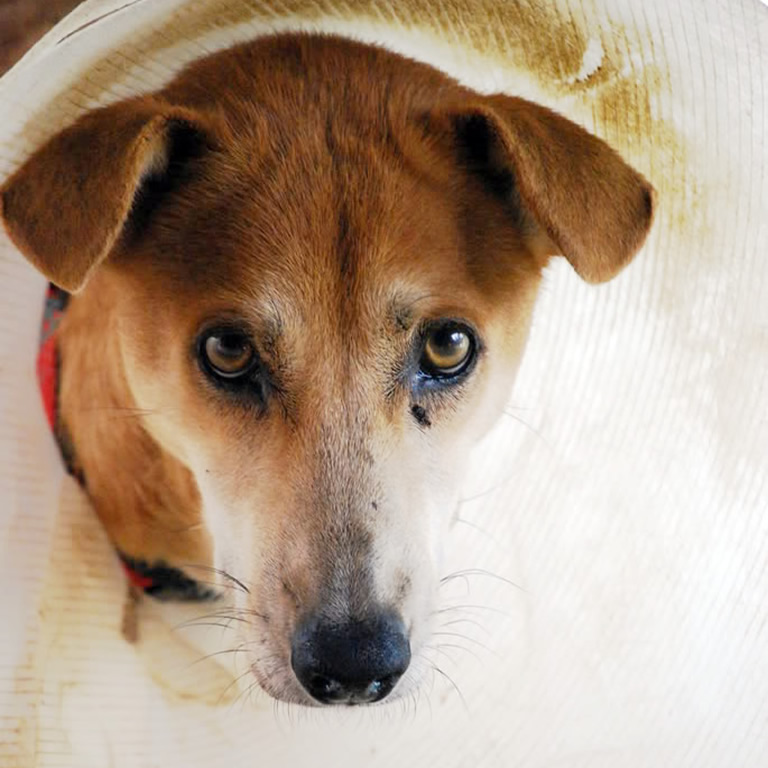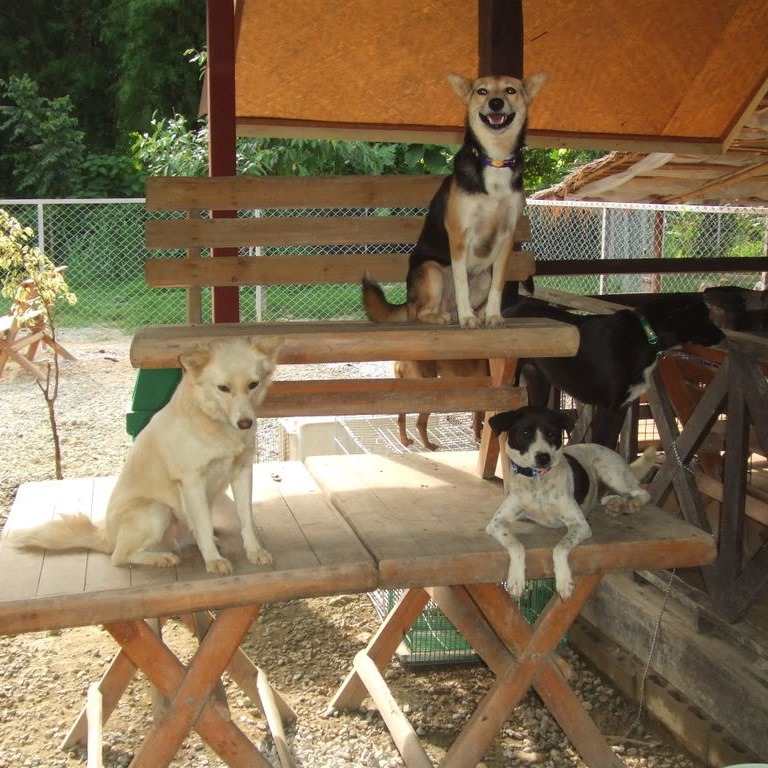Objectives
We are committed to controlling the stray dog population, providing veterinary care and vaccinations, and promoting animal welfare knowledge, to create a society where humans and animals coexist safely and harmoniously.
Key Objectives
- Control the stray dog population effectively
- Prevention and control of disease outbreaks
- Raise public awareness of animal welfare
- Collaborate with government and private organisations
- Build a harmonious human–animal community





